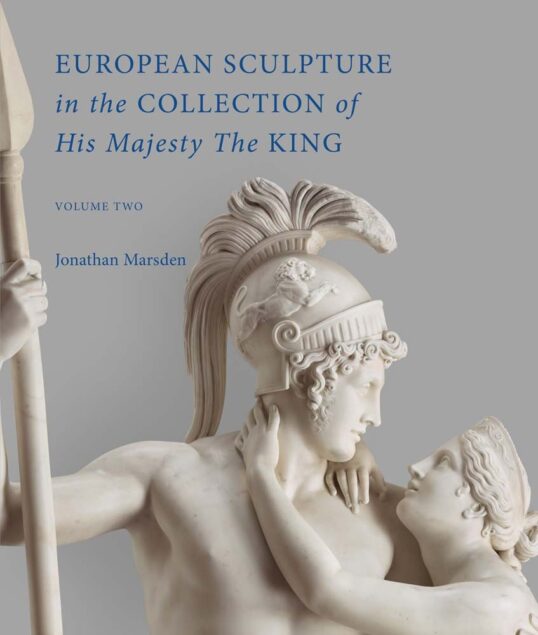An ambitious, long-term project to catalogue the Royal Collection has been completed with the publication of the four-volume European Sculpture in the Collection of His Majesty The King. The new catalogue raisonné brings together, for the first time in print, detailed descriptions and illustrations for around 1,800 sculptures.
The publication covers all work in the Royal Collection by European sculptors from the late fifteenth to the late twentieth centuries, across all materials. Written by Jonathan Marsden, former director of the Royal Collection and surveyor of The Queen’s Works of Art from 2010 to 2017, this publication marks the final major field of European art in the Royal Collection to be catalogued in depth.
Among the select number of sculptors from the Low Countries represented in this catalogue are several Netherlandish artists who received royal commissions. The Flemish sculptor Michael Rysbrack, for example, was commissioned in 1736 by Queen Caroline, King George II’s consort, to make a series of marble and terracotta busts of English monarchs. Additionally, a pair of busts of Charles I and William III (ca. 1700) have been attributed to Jan Blommendael. A large ivory cabinet piece (ca. 1650-90) by Matthieu van Beveren also resides in the collection, displaying an allegorical group with James II enthroned.
Also noteworthy is a Bust of an Enslaved Man (ca. 1700) by the Mechelen sculptor Jan van Nost, as well as a Statuette of the Roman Emperor Hadrian (ca. 1700) by the Antwerp sculptor and decorator Sébastien Slodtz, which is at Windsor Castle. The gardens of Windsor Castle are home to a series of four decorative urns (1703) originally modeled by Willem van Mieris for a house in Leiden.
Each catalogue entry is illustrated with new photography, and the publication includes more than 2,500 high-resolution photographs and drawings in total. Additionally, the catalogue features introductory essays that explore the relationships between monarchs and sculptors, the unique ways sculpture has entered the collection through commissions and gifting, its impact on the interiors of royal palaces, and the four hundred years of care and conservation. The Royal Collection’s online catalogue has also been updated to include shorter versions of the new printed catalogue entries for many of the objects.

